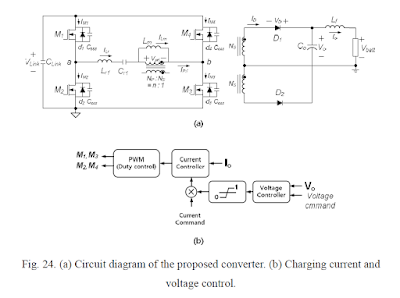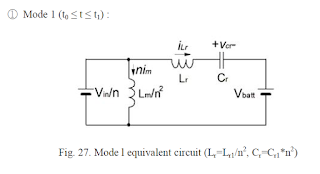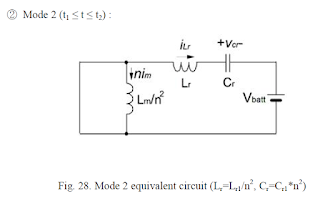Three-Phase Uninterruptible Power Supply(UPS)
With Boost Converter
승압기능을 갖는 모듈형 3상 무정전
전원장치(UPS)의 제어기법에 관한 연구
Jin, Seongmin
Dept. of Electrical Engineering
Incheon National University
ABSTRACT
This study proposes a control algorithm design and implementation method for the control method of the modular three phase uninterruptible power supply (UPS) with boost function. With the development of the industrial age, there has been an increase in the load required to maintain the constant power source, which has increased the demand for the uninterruptible power supply. In addition, a parallel type uninterruptible power supply unit of a modular type is widely used to satisfy a load of a high capacity It is difficult to apply a desired output voltage to a load by using a 250V DC voltage as the input power source of a UPS used in a power plant system. Therefore, it is necessary to design a module suitable for UPS system for power plant. A UPS for applying 3-phase AC voltage to a load is generally composed of a 3-phase inverter and an output L-C filter. In order to apply this to the power plant system, it is necessary to construct and control a power converter for a single module that boosts the input voltage by applying a boost converter to the input of the inverter to supply the constant voltage to the inverter. In addition, a parallel operation control technique is necessary to solve the problem of connecting such a single module in parallel. Therefore, in this study, the study on the configuration, design and parallel operation control technique for single module UPS for power plant was conducted. The proposed algorithm proved its superior performance and feasibility through simulation and experimental results
Keywords: Uninterruptible power supply, single module power converter for plant, parallel operation control
LINK
https://www.mediafire.com/file/dk35mnbwdaus32x/A_Study_on_The_Control_Technique_for_Modular__three-phase_UPS.pdf/file























































































 JOSIL ARTISTA PLASTICO FORTALEZA CEARA BRASIL AV.HERACLITO GRAÇA 41 TEL(85)32542378
JOSIL ARTISTA PLASTICO FORTALEZA CEARA BRASIL AV.HERACLITO GRAÇA 41 TEL(85)32542378















